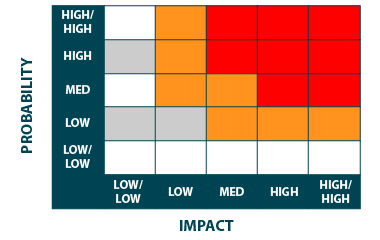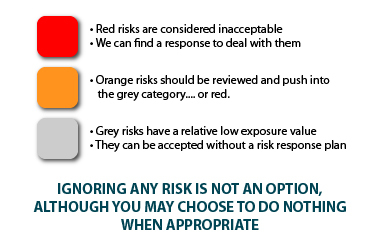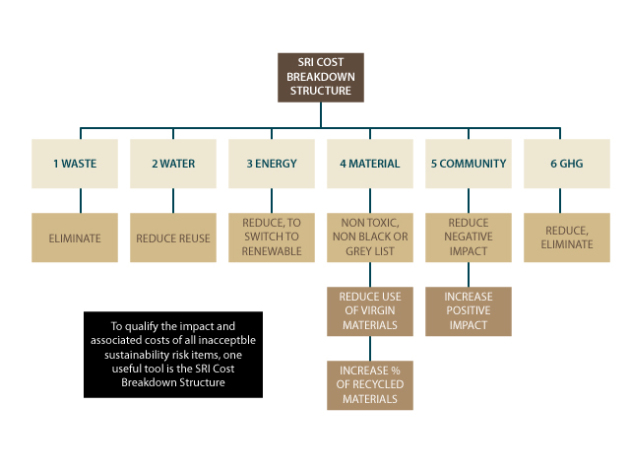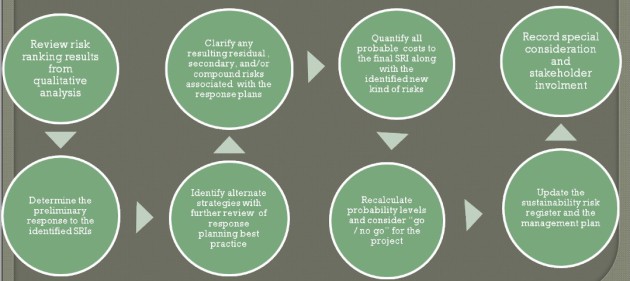How to identify sustainability risk items that may impact the project ?
Definition :
The four steps of a sustainability risk management :
Sustainability Risk identification
Sustainability Risk Qualitative Analysis
Sustainability Risk Quantitative Analysis
Sustainability Risk Item Response Plan
Sustainability Risk identification
Method : Inputs
Sustainability management plan
Life Cycle assessment architecture
Scope Statement
Stakeholder register
Risk management plan
Risk register
Identified risk
Project planning documents
Enterprise environment factors
Organizational process asset
Method : Tools ans Techniques
Documentation reviews
Information gathering techniques
Checklist Analysis
Assumption Analysis
Sustainability materials filter
Circles of influence analysis
Integration analysis
Mapping Techniques
Expert Judgement
Method : Outputs
Sustainability
Information
Management System
Sustainability Risk Qualitative Analysis
Method : Steps to SRI qualitative analysis
Clarify and validate definition, conepts, tools and techniques
Establish metrics and scales for "probability" and "impacts"
Gather sustainability risk data and perform a data quality assessment
Differentiate between near term and long term sustainability risk
Assess probability and impact
Rank sustainability risks (acceptable VS unacceptable)
Identify any clusters in analysis result
recod result in SIMS
Communicate results to project stakeholders
Reminder :
The construction method of the risk analysis matrix is identical to that used in the conventional projects (see FMEA / AMDEC)


Ignoring any risk is not an option, although you may choose to do nothing when appropriate
Sustainability Risk Quantitative Analysis
Method : For the Risk Quantitative Analysis
Step 1 : Review stakeholders and organizational sustainablility risk threshold
Step 2 : Quantify the impact and associated cost of all unacceptable sustainability risk items
Step 3 : Determine the reliability of the project task time and cost estimate using quantitative analysis tools
Step 4 : Record the result in the risk register (SIMS) ans associated project planning document
Step 5 : Use the results to assess probability of the project schedule, budget and overall sustainability impact
Step 6 : Report the results to the project stakeholders
Method : Organize a Risk Quantitative analysis: build a SRI Cost Breakdown Structure

To qualify the impact and associated costs of all inacceptable sustainability risk items, one useful tool is the SRI Cost Breakdown Structure.
Sustainability Risk item response plan
Complement : The different steps to organize a sustainability Risk Item Response Plan

When you have finished your risk analysis, you have to manage the associated risks
Residual risk:
It is risk that it left over after dealing with the original risk.
Secondary risk:
It may result directly or indirectly by the action of the risk response plan.
Compound risk:
It occurs when one risk take place in combination with another risk,
It could have an exponentially impact on the project pr on the community,
It is very difficult to plan for compound risk.






